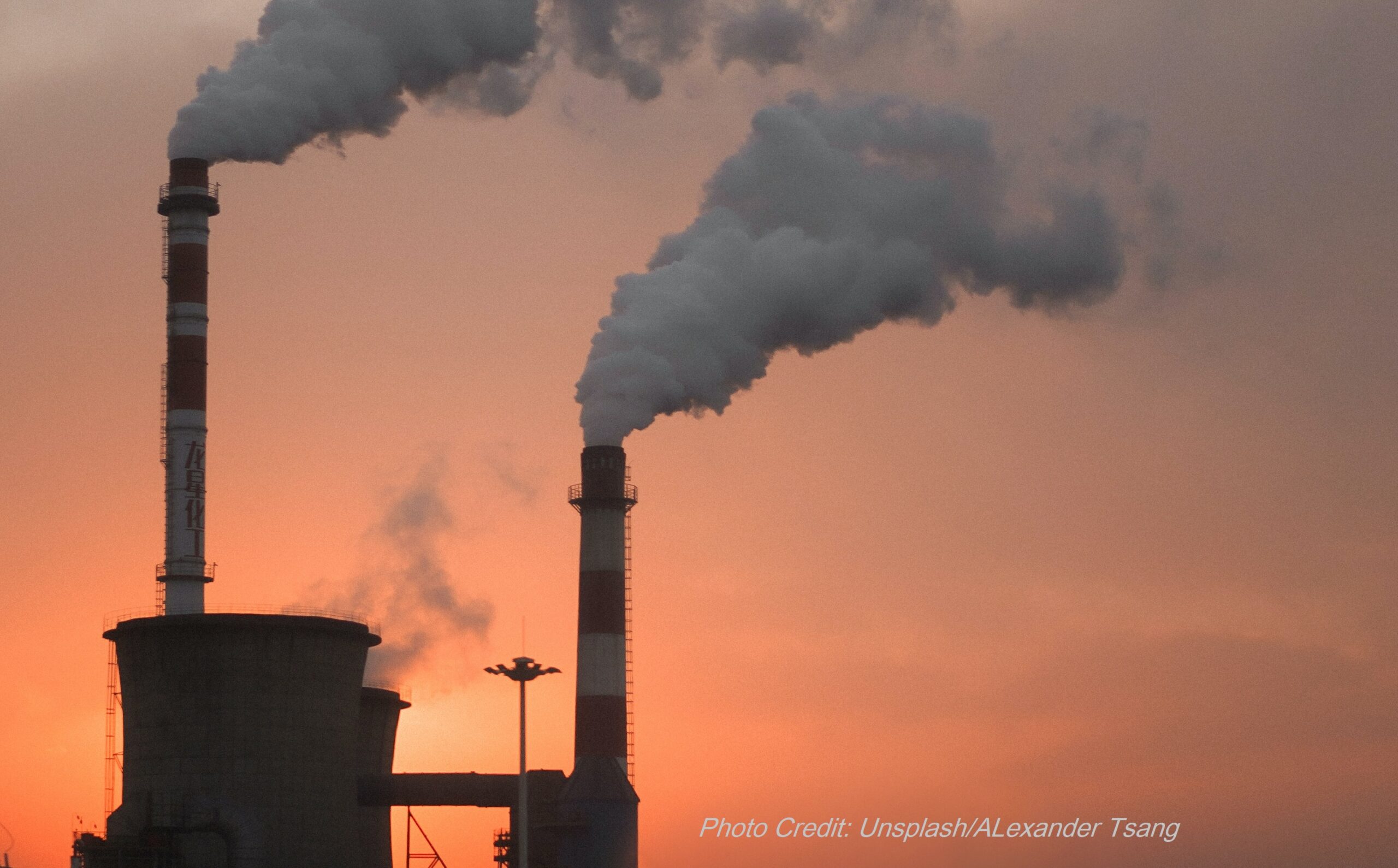A new study from Harvard of people receiving Medicare shows increased deaths from annual (long-term) fine particle air pollution (PM2.5) at levels well below the current EPA standard of 12 μg/m3. In addition, the study showed increased risk of death from PM2.5 at almost all levels of exposure, from as low as 2.8 μg/m3 to as high as 17.2 μg/m3.
The study included all 68 million people enrolled in Medicare. It found increased risk of death of 6-8% per 10 μg/m3 increase in annual PM2.5. The researchers also found that if the current standard for annual PM2.5 had been 10 instead of 12μg/m3, 143,000 deaths could have been prevented. A key factor is that the average level of annual PM2.5 for this group is 9.8 μg/m3, which is below the U.S. standard of 12 μg/m3 and below the European standard of 10 μg/m3 – but there was increased risk of death even at levels below both standards.
The study also looked at people receiving Medicare who lived in areas where the air was cleaner: annual levels always below 12 μg/m3. There were 38 million people receiving Medicare who lived in cleaner air areas. For this group, the increased risk of death was 30-35% for each 10 μg/m3 increase in annual PM2.5.
This study is very strong scientifically, because it included all people receiving Medicare, all across the country. It also looked at several different statistical ways to evaluate what was happening and had very good analysis of exposure to air pollution.
In addition to deaths caused by air pollution, remember that there are many people who suffer from heart and lung and other conditions caused by air pollution, whether they are admitted to the hospital, have pain or trouble breathing, or need to take more medicine. And families suffer when loved ones die needlessly.
This study clearly shows that #HealthyAirIsHealthCare and that we truly need clean energy and clean transportation. Remember that when we clean up the air, we see better health within weeks!
Read about the study here.
Read a news article about the study here.
Read the scientific study here. (You have to access the study from this page, click on the third link “HEI Research Report 211, including a Commentary by the HEI Low-Exposure Epidemiology Studies Review Panel.”
01/27/2022





